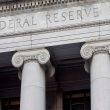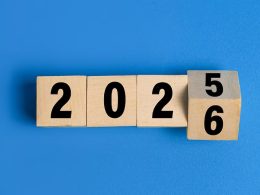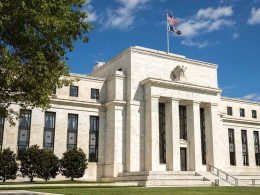by Brian Levitt & Ben Jones, Global Market Strategist, Invesco
Key takeaways
- US inflation - The Bureau of Labor Statistics released a one-off inflation report, which showed a 3% rise over the past year.
- Federal Reserve (Fed) - The Fed is likely to see the rise in inflation as a one-time price shock rather than a sign of sustained inflation, in our view.
- Expected easing - There was nothing in the new inflation report to suggest that the Fed will alter its easing path. We expect more rate cuts.
It’s been clear for some time that inflation would likely rise above 3% this year and next. This is largely due to the lagged effects of tariffs making their way through the economy. The Fed is likely to look past this development, viewing it as a one-time price shock rather than a sign of sustained inflation. History has typically supported this view, and there’s little in the current data to suggest otherwise.
Inflation expectations suggest the Fed may have achieved price stability
Importantly, the bond market’s expectations for inflation over the next three to five years have been remarkably stable.2 This suggests that the Fed may have succeeded (at least for the time being) in achieving price stability. Even with prices on goods expected to rise in the near term, the market has been signaling confidence in the Fed’s long-term credibility. If this were to change and inflation expectations were to rise sharply, then our outlook for risk assets would too.
Alternative data sources show labor market weakness
Meanwhile, the labor market continues to show signs of weakening.3 Although the Bureau of Labor Statistics hasn’t been able to release its usual data due to the shutdown (except for the CPI), other sources provide insight. For example, Automatic Data Processing (ADP) continued to reflect softness in employment trends and showed the economy losing private sector jobs in September. The absence of government data hasn’t necessarily obscured the broader picture. The labor market has weakened significantly, and that has implications for monetary policy.
We expect Fed easing to continue
There was nothing in the new CPI report to suggest that the Fed will alter its easing path. We continue to expect the central bank to ease between now and the end of the year and likely into next year. The Fed remains focused on reinvigorating growth, and the current inflation readings are unlikely to derail that effort. In this environment, we aren’t inclined to fight the Fed. Markets should continue to perform, in our view, particularly as monetary policy becomes more accommodative. We tend to favor non-dollar assets, especially in emerging markets, where valuations have remained attractive,4 in our opinion, and growth prospects have been improving. Within the US, cyclical assets may benefit as the Fed works to support the economy.
Copyright © Invesco















